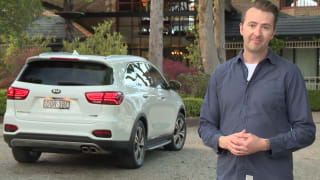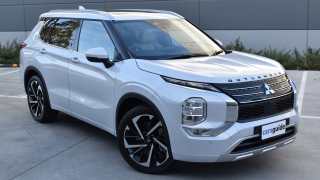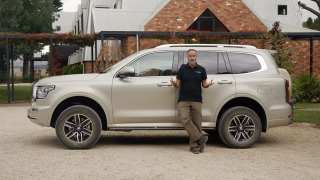It's very cheap for what you get. Part of the reason for that is Mitsubishi hasn't spent much money on developing the car over the years because customers keep buying them and there's little need to go bananas with the stuff its pricier competitors have.
And with the departure of Holden (run-out specials aside), the Outlander cements itself as the cheapest seven-seater of this size on the market.
The Outlander also scores well on paper for things like Apple CarPlay, LED headlights, big wheels and other niceties that make it look a bit more compelling than the price tag suggests.
And, of course, there's the absurdly cheap plug-in hybrid (PHEV) versions, starting at $47,390 and offering real electric-only driving.

Another thing we quite like about it is that it's a bit more city-friendly than most large SUVs. With a fairly narrow footprint, it's easier to deal with narrow streets and it's far less imposing than a Kluger or even a CX-9. There are, of course, trade-offs for this, but we'll touch on those shortly.
It also has some of the nicest paddle-shifters of any car on the market today. You have to be in some serious machinery from Italy before the lovely aluminium shifters are matched, let alone exceeded.



































 Haval Jolion
Haval Jolion